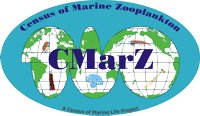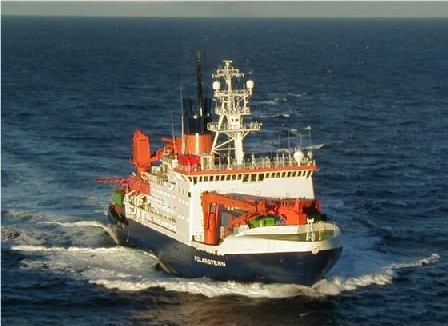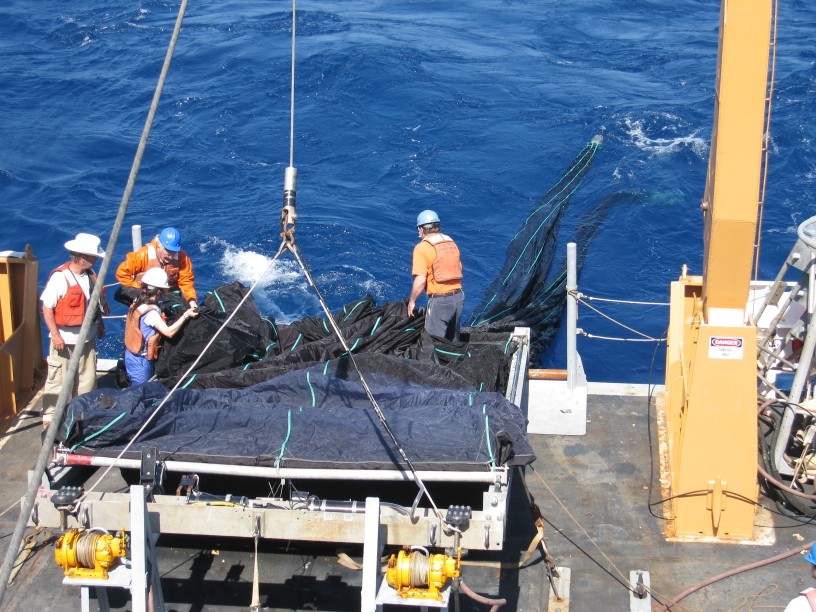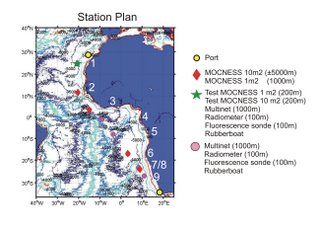

| |
| mission |
| weekly updates |
| cruise participants |
| gallery |
| cruise reports |
| data |
| Mission |
Ports: Bremerhaven, Germany to Cape Town, South Africa The mission of the CMarZ research during ANT XXIV/1 will be the investigation of zooplankton throughout the entire water column of oceanic stations south of the equator with a particular focus on the poorly known meso- and bathypelagic realms, and then to sequence the zooplankton species genetically at sea. The research will concentrate on the joint analysis of the samples; and the scientific team will include taxonomic experts, molecular specialists and students. Zooplankton will be sampled by various types of the MOCNESS (Multiple Opening/Closing Net and Environmental Sensing System) and the MultiNet for vertical collections. Samples will be analyzed at sea using traditional taxonomic approaches and molecular systematic analysis, including DNA sequencing of a target gene portion for each species. After the cruise, follow-up molecular analysis, species counts, and expert taxonomic evaluation and description of any putative new or undescribed species will be done in association with the CMarZ Taxonomic Network. The first week of the cruise will therefore be spent setting up the equipment and getting the taxonomic equipment and molecular DNA laboratory operational. Sampling is planned at seven station locations (Figure 1), and at a minimum, sampling at three stations will be from the sea floor (4000+ m) to the surface. The major MOCNESS and Multinet sampling gear will be supplied by German laboratories in Hamburg and Bremerhaven, although US contingent will provide some of the MOCNESS electronics and the large 10-m2 trawl nets (with 335 :m mesh) especially designed for collecting sparsely distributed zooplankton at depths of 1000 to 5000 m. The US contingent will also provide the DNA lab including all of the equipment needed to do gene sequencing of identified species at sea. |
Planned stations for sampling zooplankton Larger image >

![]() The Research Vessel Ice Breaker Polarstern
The Research Vessel Ice Breaker Polarstern
Read more >

MOCNESS-10 for sampling zooplankton at great depths and large volumes of water.
